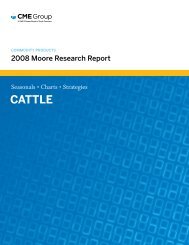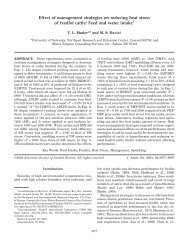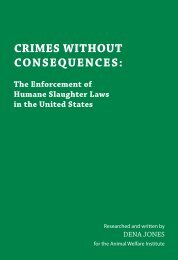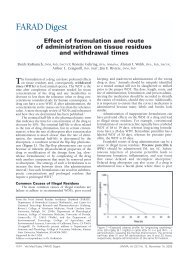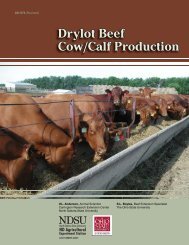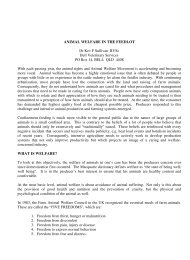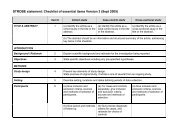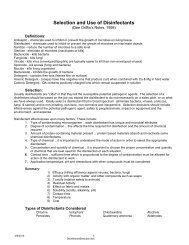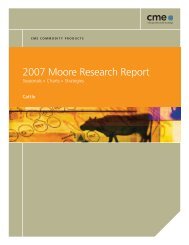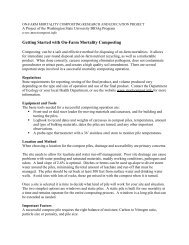Field Necropsy of Cattle and Diagnostic Sample Submission - gpvec
Field Necropsy of Cattle and Diagnostic Sample Submission - gpvec
Field Necropsy of Cattle and Diagnostic Sample Submission - gpvec
You also want an ePaper? Increase the reach of your titles
YUMPU automatically turns print PDFs into web optimized ePapers that Google loves.
398<br />
Griffin<br />
Fig. 9. After cutting across the ribs dorsally <strong>and</strong> the ventral costochondral junctions, reflect<br />
the rib plate forward.<br />
valves. Extend the incision distally along the border <strong>of</strong> the right ventricular wall around<br />
its entire connection to the septal wall. This flaps the right ventricle <strong>and</strong> allows an<br />
excellent view <strong>of</strong> the tricuspid valve. To open the left ventricle, make an incision in<br />
the middle <strong>of</strong> the ventricle such that when opened, the 2 large papillary muscles will<br />
lay on either side <strong>of</strong> the incision. Cut across the ventricle just below the coronary<br />
grove. This forms a “T”-shaped incision, allowing the bicuspid valves to be examined.<br />
The left semilunar valves can be examined by extending the vertical incision into the<br />
aorta. These steps are illustrated from left to right in Fig. 12.<br />
Examining the Abdominal Cavity<br />
The small intestines can be fanned out or spread over the rumen for examination<br />
(Fig. 13). Autolysis generally makes opening the entire length <strong>of</strong> the intestine pointless.<br />
Fig. 10. To remove the lung <strong>and</strong> heart, start by dissecting the lung away from the thoracic<br />
vertebra. Continue dissecting the lung free from the diaphragm <strong>and</strong> the pericardial attachments<br />
from the sternum.




